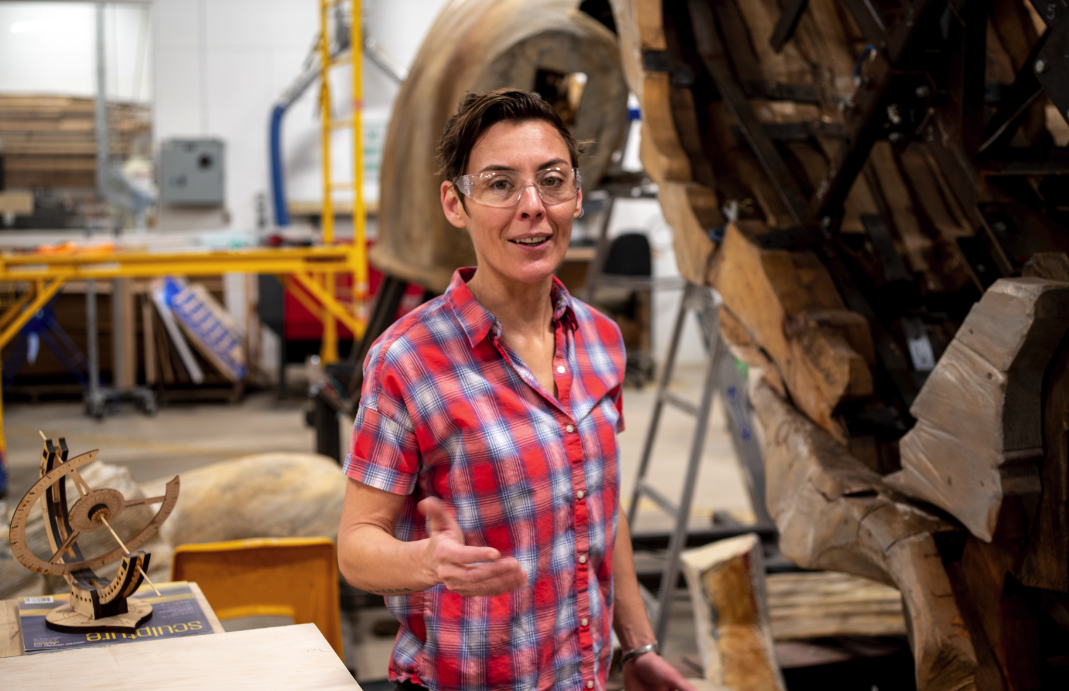Sara Sanders, director of STEAM Studio, discusses the benefits and misconceptions about STEAM programs.
Why is STEAM learning important for students, and how do you approach it as an educator?
STEAM learning is important because it teaches students that science, technology, engineering, art and math are interrelated and that real-world problems aren’t solved by one single discipline. I approach STEAM education through a student-centered lens, where their curiosity and questions drive the conversations that we have in our classes.
What’s a misconception about the STEAM fields?
I think the biggest misconception about STEAM fields is that they are limited to the individual, siloed disciplines that comprise the acronym. The reality is that STEAM is the integration of many disciplines and relates directly to solving complex challenges that affect our individual and social well-being. By combining disciplines to leverage our collective knowledge, we can develop collaborative and innovative solutions to the ill-defined wicked problems we face as global citizens.
What do you find most rewarding about working with kids or teens?
It is cliché, but kids are the future, and giving kids a space to explore creative endeavors, to take risks (safely) and to be curious feels like an incredible investment.




Before you comment
The comments section is here to provide a platform for civil dialogue on the issues we face together as a local community. Xpress is committed to offering this platform for all voices, but when the tone of the discussion gets nasty or strays off topic, we believe many people choose not to participate. Xpress editors are determined to moderate comments to ensure a constructive interchange is maintained. All comments judged not to be in keeping with the spirit of civil discourse will be removed and repeat violators will be banned. See here for our terms of service. Thank you for being part of this effort to promote respectful discussion.